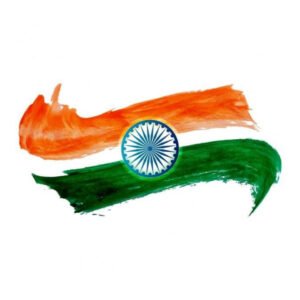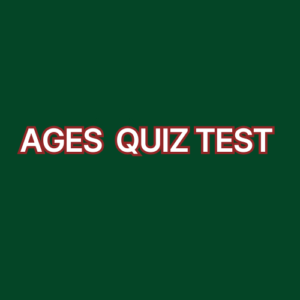The India Independence Timeline highlights the pivotal events, movements, and key moments that led to India’s freedom from British rule. From the First War of Independence to the final victory in 1947, this timeline provides a detailed overview of the country’s struggle for freedom.
1857 – First War of Indian Independence (Sepoy Mutiny)
A large-scale uprising against British rule, marking the first major resistance to colonial power.
1885 – Formation of Indian National Congress (INC)
The Indian National Congress was founded to bring Indian elites together and represent their interests.
1906 – Formation of All-India Muslim League
The Muslim League was founded to represent the political and social rights of Muslims in India.
1909 – Morley-Minto Reforms
Introduced by the British, this act granted separate electorates for Hindus and Muslims, strengthening the divide.
1915 – Return of Mahatma Gandhi to India
Gandhi returned to India and became the leader of the independence movement, advocating for non-violence.
1916 – Lucknow Pact
An agreement between the Indian National Congress and the All-India Muslim League to unite and seek greater autonomy.
1919 – Jallianwala Bagh Massacre
British General Dyer ordered the massacre of hundreds of unarmed Indians in Amritsar, sparking nationwide protests.
1919 – Montagu-Chelmsford Reforms & Rowlatt Act
The British passed reforms for limited Indian participation and the repressive Rowlatt Act, leading to mass protests.
1919 – First Round Table Conference
The first Round Table Conference in London aimed to negotiate constitutional changes but failed to bring significant results.
1920 – Non-Cooperation Movement
Gandhi led the mass movement urging Indians to boycott British goods, schools, and services in peaceful resistance.
1930 – Salt March
Gandhi led the historic 240-mile Salt March to defy the British monopoly on salt, symbolizing civil disobedience.
1930 – Second Round Table Conference
The second Round Table Conference in London failed to resolve key differences, and Gandhi returned to India.
1931 – Gandhi-Irwin Pact
A truce between Gandhi and Lord Irwin, where Gandhi agreed to end the Civil Disobedience Movement for certain concessions.
1935 – Government of India Act
The British passed the Government of India Act, expanding self-governance but still falling short of full independence.
1937 – Provincial Elections
The INC won a majority in several provinces, showing its growing influence and political power across India.
1940 – Lahore Resolution
The Muslim League called for separate states for Muslims, laying the foundation for the creation of Pakistan.
1942 – Quit India Movement
The INC launched the Quit India Movement, demanding an immediate end to British rule. Gandhi was arrested, and protests broke out.
1946 – Direct Action Day & Bengal Riots
The Muslim League called for Direct Action Day, leading to the Bengal riots and widespread communal violence.
1947 – Partition of India
The Mountbatten Plan led to the partition of India into India and Pakistan, leading to mass migration and communal violence.
August 15, 1947 – Independence Day
India gained independence from British rule, and Jawaharlal Nehru became the first Prime Minister of the new nation.






